
December grants from the National Science Centre for our researchers
As many as 12 sizable grants will go to UWr from the last Opus NCN distribution in 2024. Congratulations to our researchers!
What do they involve, what areas of science? Here are the projects and their originators:
1. Lokalne doświadczanie zmian klimatycznych i sprawiedliwej transformacji węglowej w spornym krajobrazie kompleksu wydobywczo-energetycznego Turów na Dolnym Śląsku (The local experiencing of climate change and just coal transition in the contested landscape of the Turów mining and power complex, Lower Silesia) (the amount for the project is PLN 762,554)
Dr hab. Katarzyna Majbroda, prof. UWr (Institute of Ethnology and Cultural Anthropology, Faculty of Historical and Pedagogical Sciences, Univeristy of Wrocław) says this about her project: – “Its source is ethnographic field research conducted since 2021 in the municipality of Bogatynia, and geographically in Upper Lusatia, on local ways of experiencing the activities of the Turów mining and energy complex and the energy transition planned in the region.”
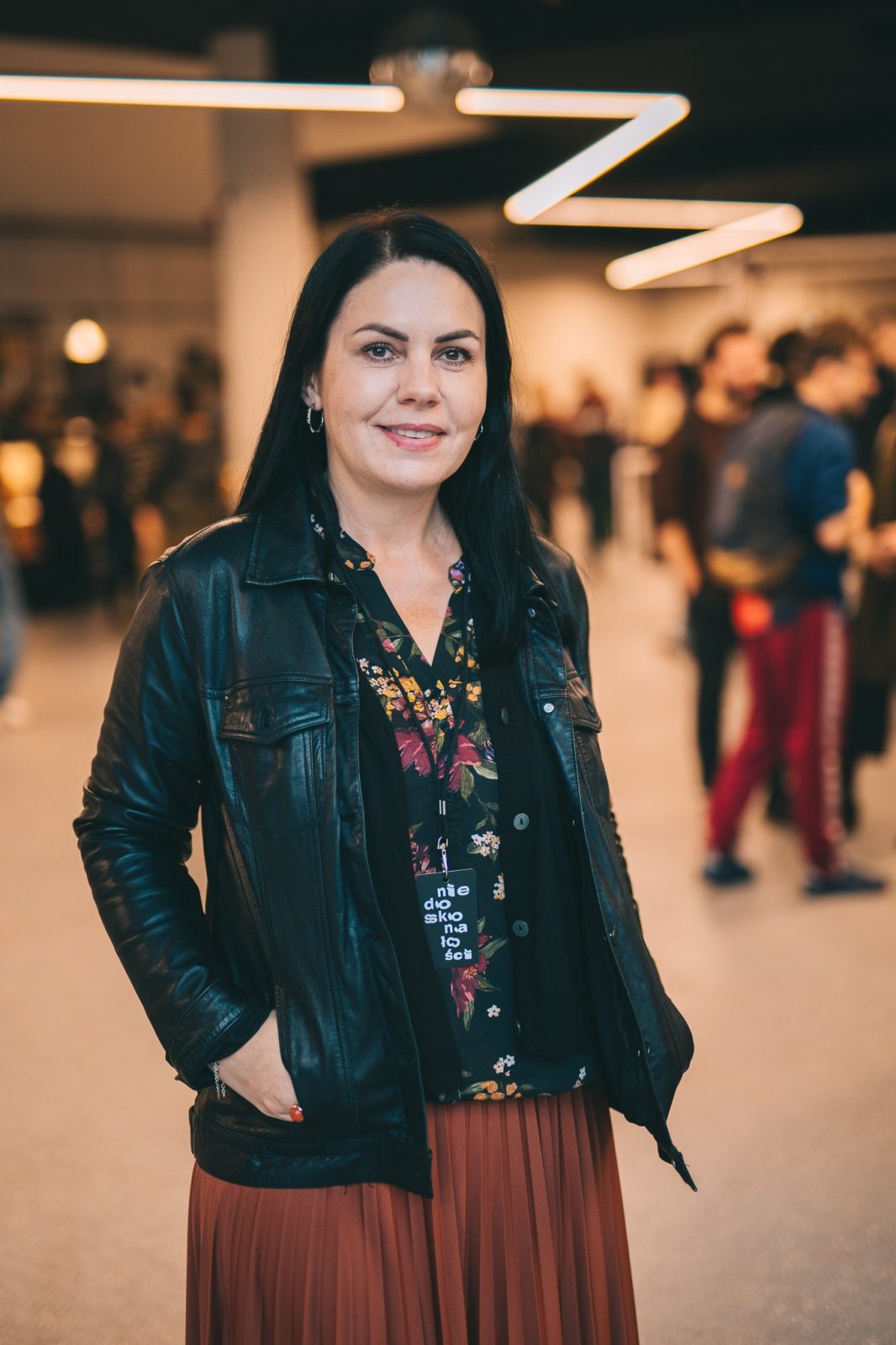
The project emphasizes the experiential and relational dimensions of the coal transition, while problematizing the category of environmental justice as non-obvious, dependent on the perspectives adopted and the position occupied in the network of conceptualized relations, contexts and conditions.
What is top-down politically established in the discourse of green deal and just transition clashes with local realities. To understand the meaning of the buzzwords ‘decarbonization’, ‘green deal’, ‘just transition’, you need to ask critical questions and function among the local community. The aim of the project is an anthropological analysis, supported by an interdisciplinary perspective, of the ways and strategies of experiencing the climate crisis and decarbonization by a local community living in the Polish-Czech-German borderland, in the vicinity of the Turow mining and energy complex.
The anthropological perspective is increasingly proving to be a lens to see new dimensions of this process, fostering a transformation of the debate around transformation or bringing it down non-obvious paths.
The mine and the power plant have been extremely important elements of the cultural landscape of Upper Lusatia and Lower Silesia for more than 60 years, creating a contested landscape: an anthropogenic landscape – altered by man, a disturbed landscape – a consequence of high CO2 emissions, air pollution, soil contamination, water problems, as well as an industrial and energy landscape. These landscapes – physical and cultural – accumulate found environmental conditions, certain economic policies, social affects and industrial topographies. They also reflect the multiple, relationally framed interactions between the human and more-than-human worlds, as well as specific circuits of knowledge and technology.
An extremely important aspect of the project is to redirect attention from the technological and economic dimensions of decarbonization to the deep socio-cultural and ecological aspects of the process, and to complement the debate around a just energy transition with affective social poetics, and therefore the perspectives, expectations, hopes and concerns of the local community. The project focuses on the present, reaching back into the past to anticipate the region’s post-transformation future projected in broader contexts – global processes of a socio-cultural, economic-industrial and climate-environmental nature, co-creating assemblages of energy culture.
2. Od głosów do wyroków: Rola dowodów generowanych przez użytkowników w przekształcaniu międzynarodowego wymiaru sprawiedliwości w sprawach karnych (From Voices to Verdicts: The Role of User-Generated Evidence in Transforming International Criminal Justice) (project value PLN 1,535,506)
Dr Kaja Kowalczewska (Incubator for Scientific Excellence – Digital Justice Center, Faculty of Law, Administration and Economics, Univeristy of Wrocław) about the project: – Over the next four years, together with the fantastic team and support of the Digital Justice Center, I will study how footage and photos taken with smartphones are changing the way the justice system deals with the most serious crimes, such as war crimes, crimes against humanity or genocide. We are interested in whether materials created by ordinary people (non-specialists) can become reliable evidence for the International Criminal Court in The Hague, national prosecutors acting on the principle of universal jurisdiction and other accountability mechanisms for international crimes. We will also analyze how technologies, methods and guidelines are developing to support the documentation of such crimes.

Smartphones have changed the world – they not only document reality, but also allow survivors and witnesses of crimes to actively participate in the fight for justice. It is also a democratization of the process of holding perpetrators accountable and a new challenge for the judiciary.
The project is inspired by practical observations: widespread access to smartphones, the ability to report on conflicts almost in real time and the mediatization of wars. Today, you can learn more about events in Ukraine, Palestine or Syria on Instagram than in traditional media. With this, however, come risks – misinformation, manipulation, and problems with the so-called “chain of custody,” i.e. ensuring that evidence from its creation to its presentation in court remains reliable.
– As coordinator of the coalition of Polish Social Organisations (KOOS) dedicated to documenting international crimes, raising awareness among Poles about the responsibility of the perpetrators and supporting survivors, I know the enormous potential of this project. Through an interdisciplinary approach – combining empirical (anthropological) and theoretical (legal) research – we can not only deepen knowledge, but also propose real changes.
3. Wrażliwość receptora androgenowego, zależne od testosteronu kompromisy historii życia, oraz ich znaczenie dla zmienności wieku biologicznego u mężczyzn (The sensitivity of the androgen receptor, testosterone-dependent life history trade-offs, and their impact on biological age variability in men) (the project was allocated PLN 1,877,507)Dr hab. Agnieszka Żelaźewicz on the purpose of the research (Department of Human Biology, Faculty of Biological Sciences, Univeristy of Wrocław): – The research idea stems from the need for a deeper understanding of the adaptive mechanisms underlying individual differences in aging and health. As life expectancy increases in developed countries, a better understanding of the biological basis of these differences becomes crucial for modern societies. The project appeals to evolutionary theories that point to the existence of trade-offs between reproductive (e.g., energy devoted to reproduction and competition for potential mates) and somatic (e.g., maintaining health and longevity) investments. In men, these trade-offs are largely regulated by androgens, which promote reproductive effort and competition, but can also weaken immunity and increase oxidative stress. Studies to date inconclusively confirm these effects. Our research team, in collaboration with dr Judyta Nowak-Kornicka and prof. Bogusław Pawłowski, has been analyzing the biological costs of testosterone-dependent traits and their relevance to men’s biological fitness.
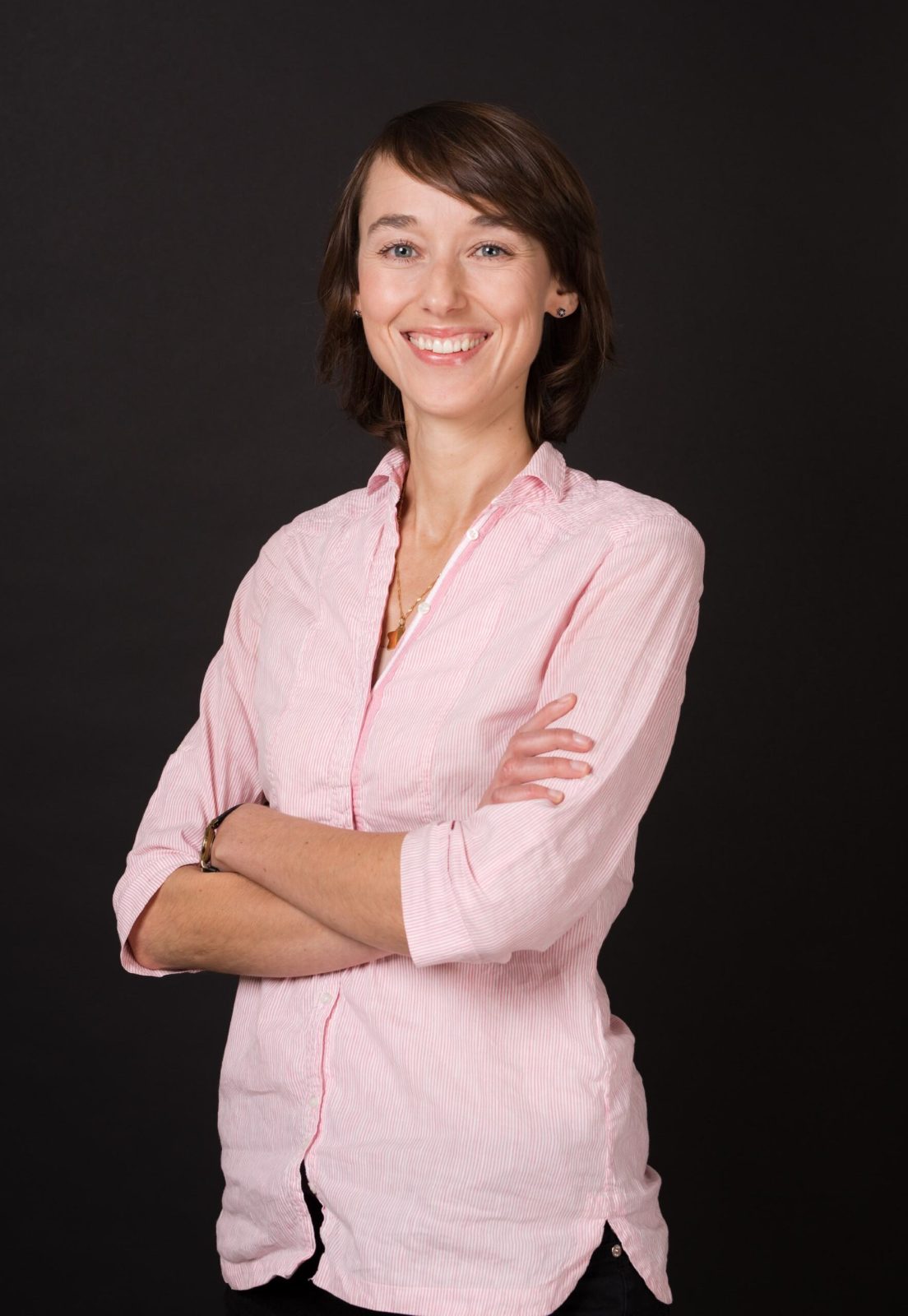
The main goal of the project is to elucidate the role of testosterone in shaping these trade-offs, taking into account androgen receptor (AR) sensitivity. AR sensitivity plays a key role in modulating the action of testosterone and its metabolites, which can affect the balance between reproductive and somatic investments and the rate of aging. The findings could provide important information about the relationship between testosterone, health and aging, which has potential applications in medicine, especially in treating endocrine disorders and improving quality of life in aging populations.
4. Synteza poprzez aktywne uczenie się: teoria i zastosowania (Synthesis via active learning: theory and applications). The project was allocated PLN 784,460.
Dr hab. Jan Otop, prof. UWr (Department of Computer Science Theory and Databases, Institute of Computer Science, Faculty of Mathematics and Computer Science, University of Wrocław) on the goals of the project: – To facilitate the design of digital circuits by using circuit synthesis. The idea of synthesis itself is not new, and the two main streams of research are deductive synthesis, based on given written requirements, and inductive synthesis, based on examples. The main idea of this project is to combine both approaches to combine their advantages.
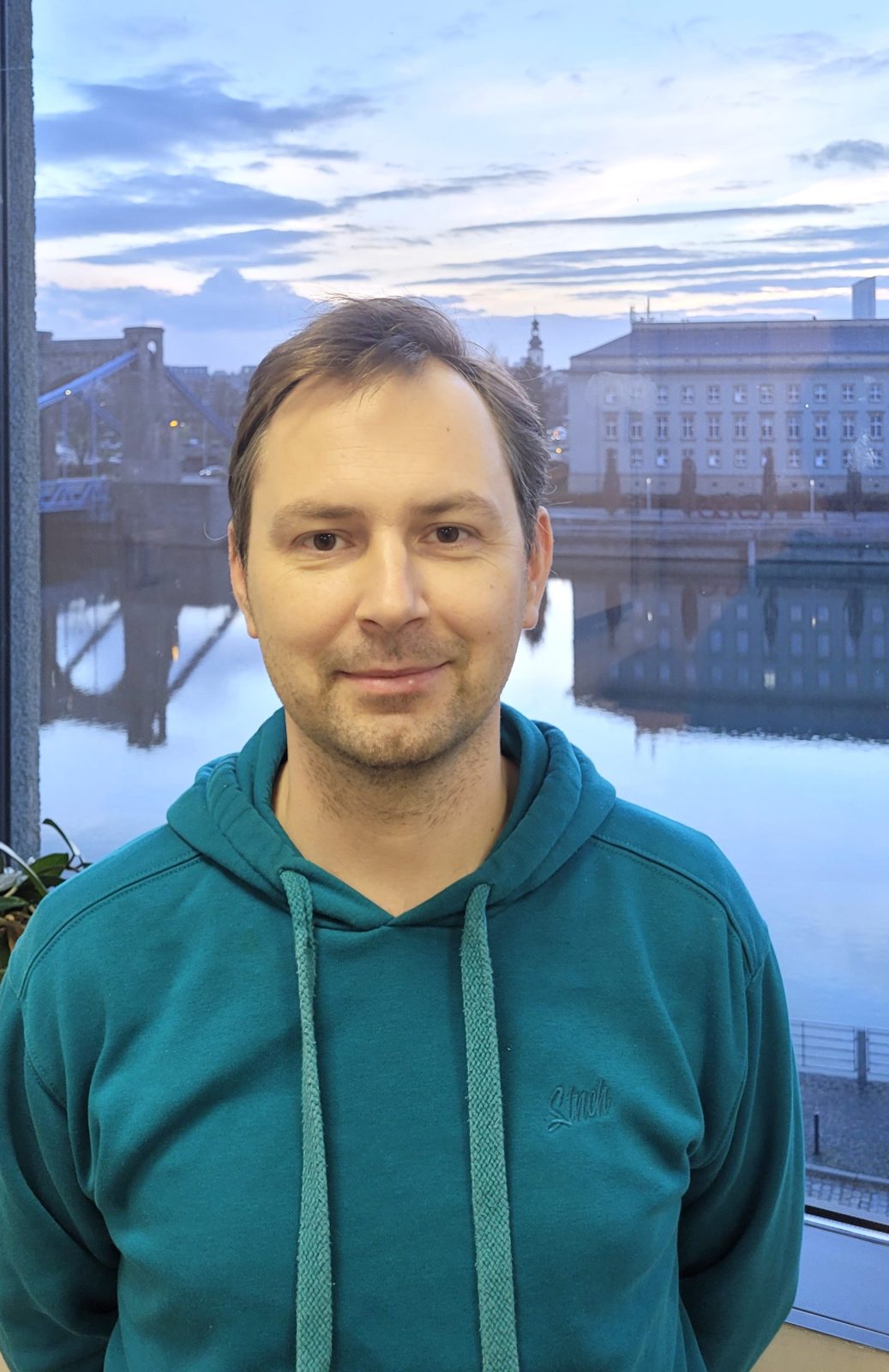
5. Podstawy nieznanej chemii bionieorganicznej cynku: Koordynacja sekwencji, struktury i stabilności w celu zwiększenia funkcjonalności białek cynkowych (Principles of hidden zinc bioinorganic chemistry: Tuning sequence-structure-stability relationships for enhanced zinc protein functionalit) . The amount for the project is PLN 3,081,700.
Prof. dr hab. Artur Krężel (Department of Biological Chemistry, Faculty of Biotechnology, University of Wrocław) about his project: – Zinc, as a micronutrient, is essential for the proper functioning of living organisms. Its deficiency as well as excess leads to many pathological changes and diseases. Our cells have developed a number of homeostatic mechanisms whose role is to maintain proper levels of this element so that it can be supplied to all zinc proteins (enzymes or structural motifs) that make up ~10% of the human proteome.
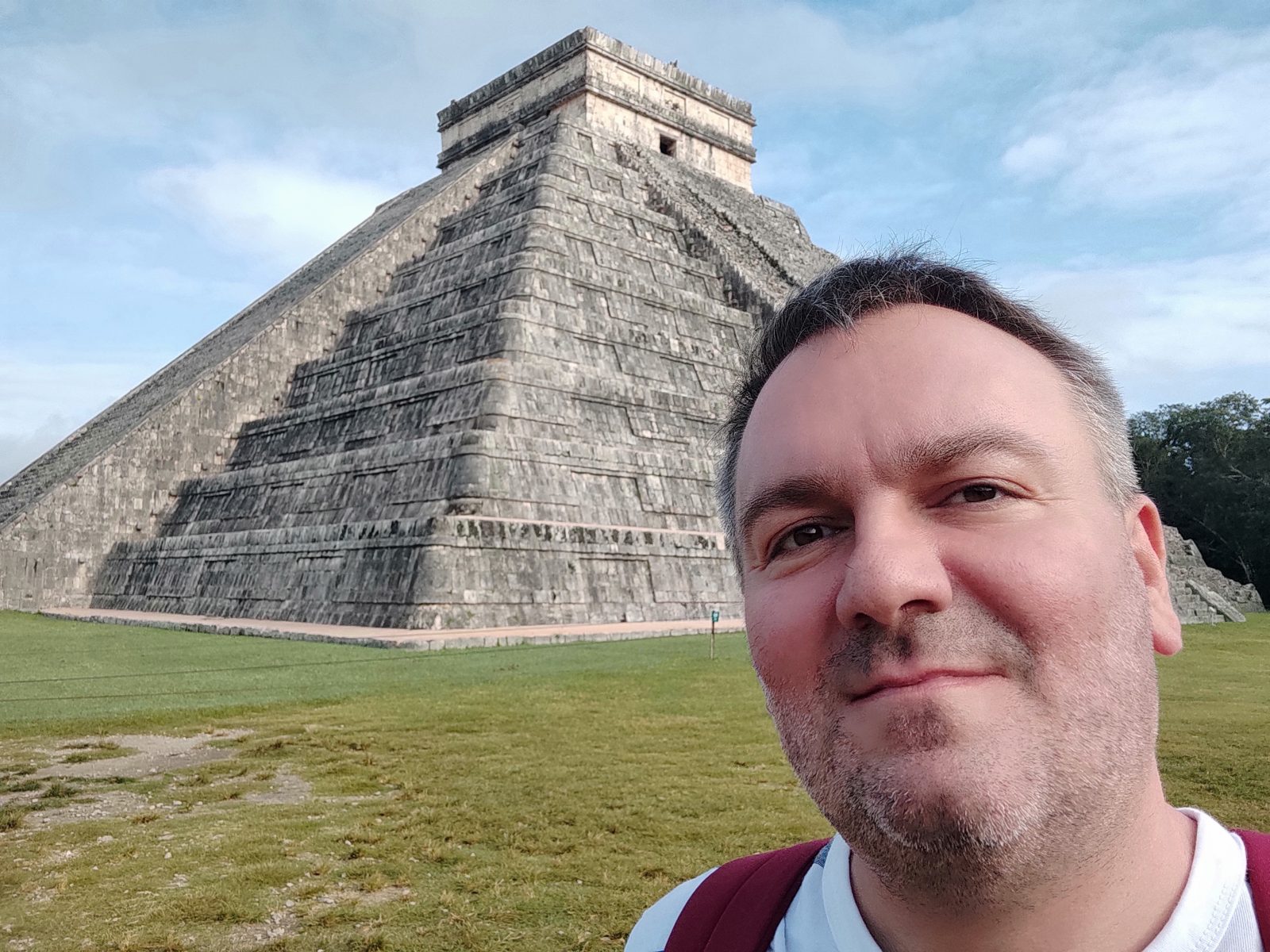
Zinc also plays a regulatory role by influencing the activation or inhibition of many important proteins and thus signaling pathways. Currently, it is unclear both how zinc proteins obtain their cofactor under cellular conditions and what structural factors in proteins affect the stability of zinc-binding sites and thus differentiate the nature of a given macromolecule or protein complex.
The project aims to understand the molecular mechanisms underlying the regulation of the activity and differential function of zinc-binding sites in proteins. Accordingly, we plan to describe the relationship between the sequence, structure, thermodynamics and kinetics of the binding or dissociation of zinc ions. We want to know which structural elements in proteins determine the regulatory, or structural, features of the macromolecule or the domain that binds the element. Examples of these domains are zinc fingers, which are both structural motifs that interact with nucleic acids or other proteins, and motifs that regulate their activity in a zinc concentration-dependent manner. We also want to know how the folding/dissociation of protein complexes or protein-DNA complexes occurs in a manner dependent on cellular zinc availability. The planned research will also allow us to develop molecular tools useful for studying metallo-proteins or using zinc-binding motifs and domains to construct a variety of probes.
6. Geoturystyka a niepełnosprawność – teoretyczne podstawy wyznaczania modelu funkcjonowania oferty geoturystycznej na przykładzie obszaru sudeckiego (Geotourism and disability – theoretical foundations for determining the model of functioning of the geotourism offer on the example of the Sudetes area). The project has been allocated PLN 656,950.
Dr hab. Krzysztof Widawski (Department of Regional Geography and Tourism, Institute of Geography and Regional Development, Faculty of Earth and Environmental Management, University of Wrocław) about his project: – It deals with increasing the accessibility of geotourism for people with disabilities, recognizing tourism as one of the fundamental human rights, according to the Manila Declaration.
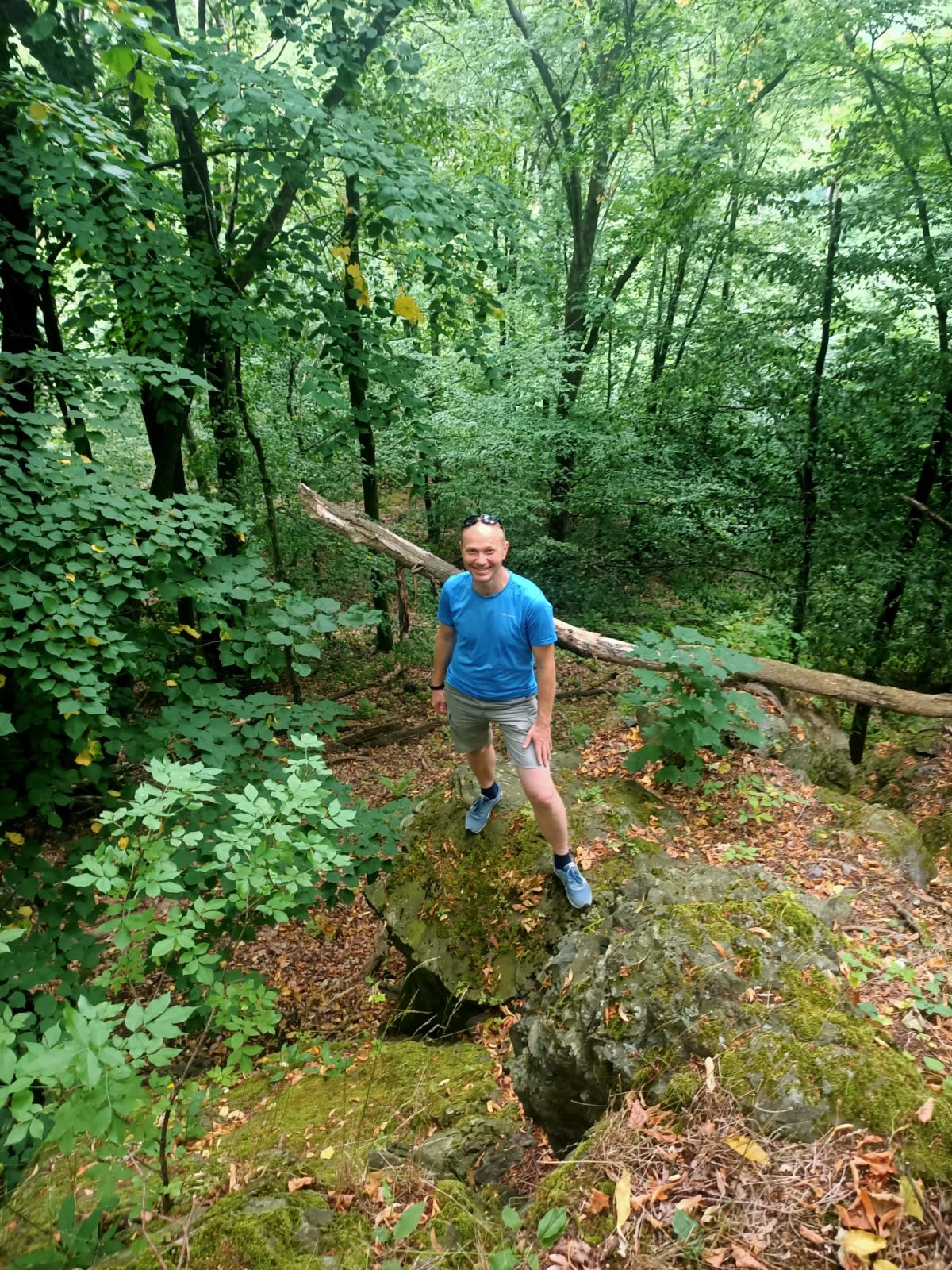
The goal is to develop criteria for adapting geotourism resources in the Sudetenland, taking into account the needs of people with disabilities and seniors – a growing group in aging societies in Europe. The research will include an analysis of the accessibility of the natural environment, tourism infrastructure and geotourism information in traditional and digital form, in terms of their adaptation to the needs of selected groups.
Planned activities include interviews with people involved in tourism activities in the broadest sense, an analysis of the barriers limiting their participation in geotourism, as well as a detailed inventory and valorization of Sudetenland resources in terms of accessibility. The results will help develop indicators for adapting facilities and infrastructure to the needs of people with mobility, sensory or cognitive limitations. An important element of the project is also to identify solutions that integrate digital technologies with geotourism offerings to better reach excluded people.
The project will help develop operating schemes for accessible geotourism that can be implemented in other regions. The result will be the promotion of inclusive tourism, the indication of development directions for decision-makers and the strengthening of the Sudetenland’s position as a region open to all tourists.
7. Nowe sieci hybrydowe typu MOP-polimer i MOF-polimer jako efektywne materiały do neutralizacji substancji toksycznych (Novel MOP-polymer and MOF-polymer hybrid networks as effective materials for destruction of toxic pollutants)Dr hab. inż. Wojciech Bury, prof. UWr, will lead a team from the University of Wrocław and Adam Mickiewicz University in Poznań (the amount for project implementation is PLN 2,245,044).
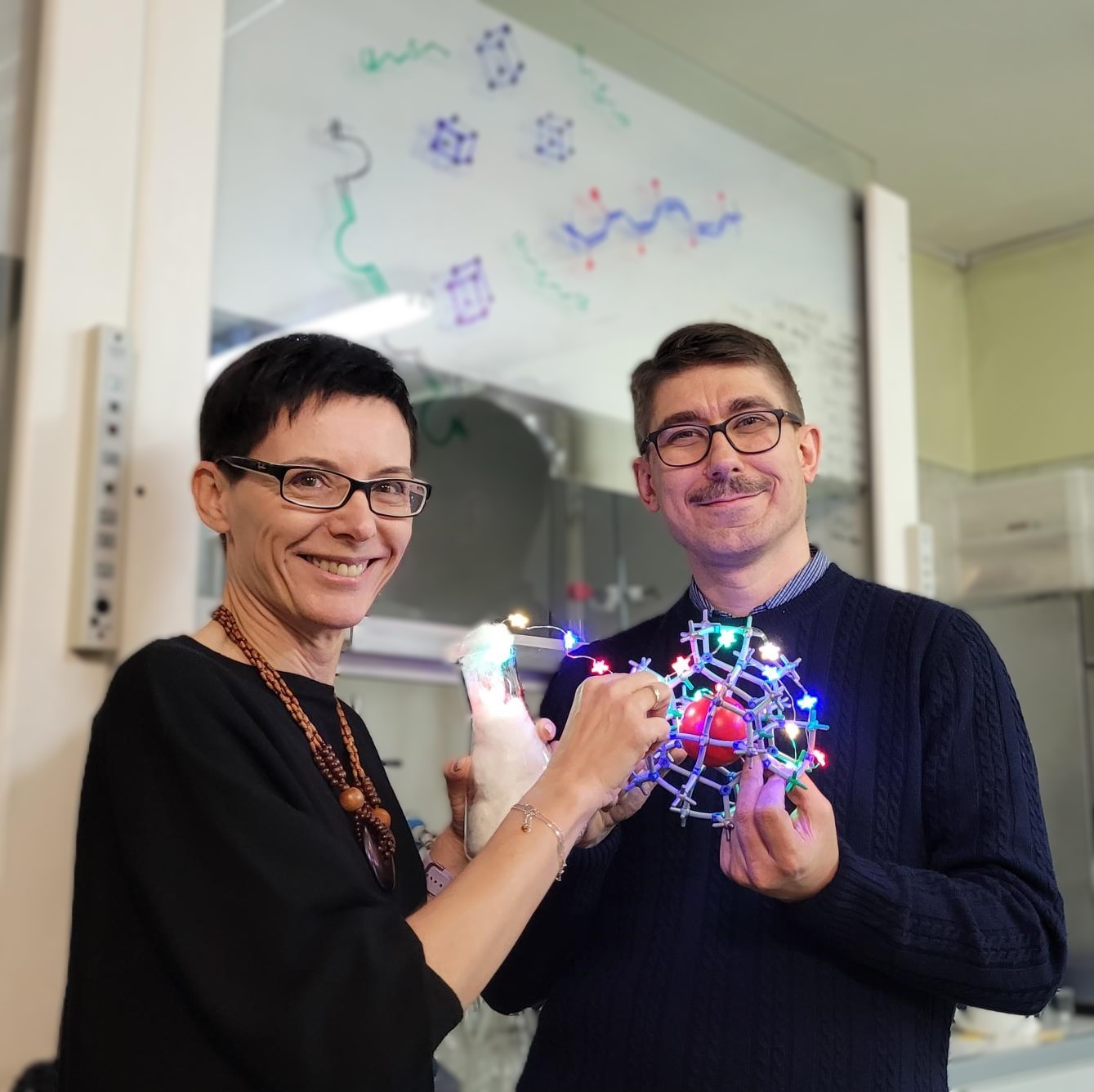
The researchers hope that the results of this project will contribute to the development of new materials to effectively combat chemical pollution in the environment.
Where did such an idea come from? Dr hab. inż. Wojciech Bury, prof. UWr, project manager: – The growing population on Earth is forcing the use of chemicals on a huge scale, for example in agriculture, which have a huge impact on our health. In addition, the emission of toxic pollutants into the atmosphere, which include by-products of many chemical processes (such as combustion), poses a real threat to our environment. Accordingly, we are seeking, among other things, new air, water and soil treatment technologies to capture harmful gases and volatile organic compounds (VOCs) and neutralize them to substances that are less harmful to the environment and humans. Particularly desirable is the development of lightweight materials suitable for creating personal protective equipment including clothing that can quickly neutralize the effects of toxic substances.
More https://uwr.edu.pl/chemia-a-zanieczyszczenia-chemiczne/
8. Z chloroplastu do jądra, i z powrotem – rola stromuli w utrzymywaniu przepływu informacji (From chloroplast to nucleus and back – the role of stromulae in keeping in touch)
Dr hab. Joanna Grzyb, prof. UWr (Department of Biophysics, Faculty of Biotechnology) will lead the project, which involves researchers from UWr and the Jagiellonian University (the amount for the project is PLN 1,585,620).
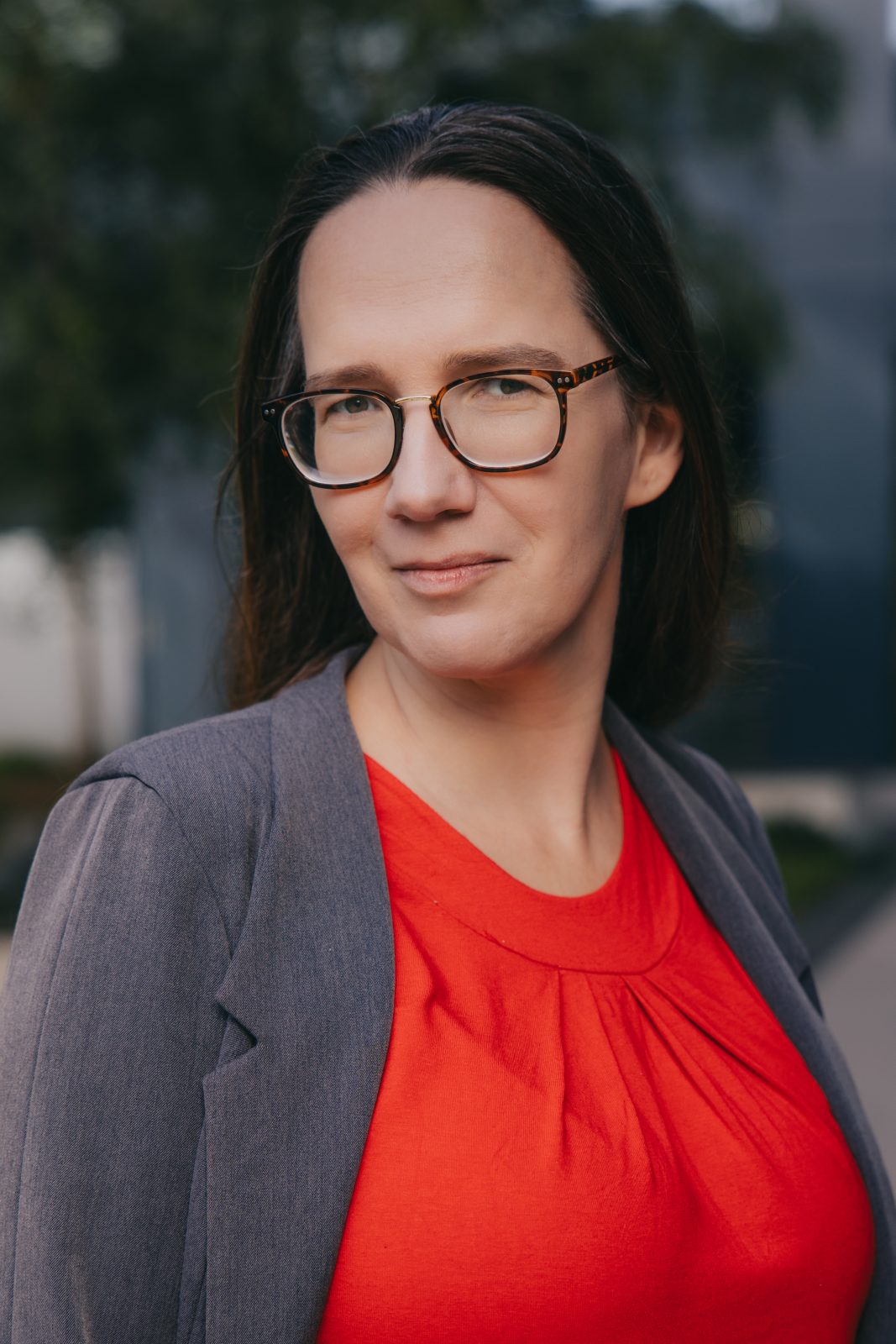
The project is concerned with understanding the mechanisms of formation and physiological function of stromules – tubular structures connecting chloroplasts and the cell nucleus. – We will study, among other things, whether the formation of stromules depends on the age of the plant, how readily stromules move different types of signals, and try to answer the question of when this pathway of feedback communication is of particular importance for a plant cell, the researcher explains.
9. Kontrola jakości mitochondriów u roślin: określenie zależności pomiędzy mitofagią a proteazą FTSH4 wewnętrznej błony mitochondrialnej na przykładzie Arabidopsis thaliana (Mitochondrial quality control in plants: the relationship between mitophagy and the mitochondrial inner membrane protease FTSH4 in Arabidopsis thaliana) (implementation amount: PLN 1,572,957).
Dr hab. Małgorzata Heidorn-Czarna (Department of Molecular Biology of the Cell, Faculty of Biotechnology) about the project: – Mitochondria are complex and dynamic organelles responsible for many critical cellular processes. Organisms have developed specific mechanisms that ensure the proper functioning of these organelles and thus cells. One of the control mechanisms responsible for removing damaged or aging mitochondria is the process of mitophagy, a form of selective autophagy. In this process, autophagosomal membranes surround damaged areas of mitochondria or entire organelles and deliver a “cargo” to lysosomes (in animals) or vacuoles (in plants and fungi) for degradation.
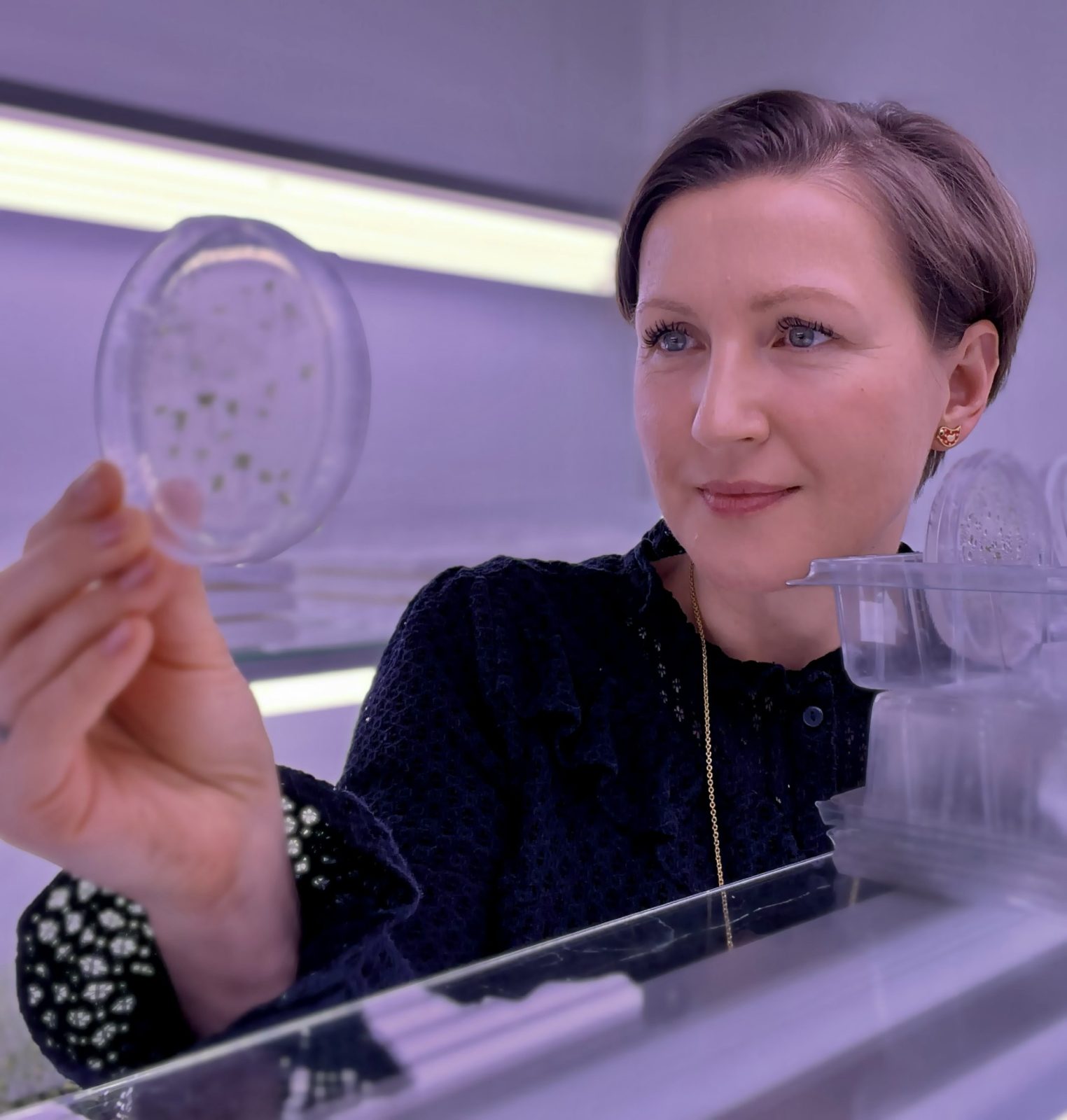
Previous studies have shown that in the common radish plant, the absence of the mitochondrial protease FTSH4 leads to the formation of morphologically altered mitochondria, so-called giant mitochondria. Similar observations were made in baker’s yeast belonging to unicellular fungi that were deprived of the plant equivalent of the FTSH4 protease.
We postulated that in plants lacking the FTSH4 protease, the removal of giant mitochondria by mitophagy is impaired or inhibited. Additional inspiration for the project came from the results of proteomic studies performed in a laboratory in Ghent, Belgium, as part of the activities of the EPIC-XS consortium formed with funding from the HORIZON 2020 program. These studies have identified proteins that are cut by “our” protease and put forward the hypothesis that in plants the FTSH4 protease is involved in the control of the mitophagy process by cutting off a fragment of one of the proteins on the mitochondrial surface, which can act as a receptor that is recognized by the mitophagy machinery in case of severe mitochondrial damage.
Knowledge of mitophagy in plants is still extremely poor, and despite the evolutionary conservation of some mitophagy components between the animal, plant and fungal kingdoms, the molecular mechanisms of mitophagy in plants are still largely unknown. In the project, we plan to use methods based on confocal and electron microscopy, biochemistry and molecular biology. We believe that the planned approaches will allow us to demonstrate whether and how the protease FTSH4 participates in the mitophagy process, and thus additionally provide new information about two key components of the mitochondrial quality control system in plants, proteases and mitophagy, which simultaneously ensure proper cell function. 10. Scyntylatory i luminofory o długotrwałej poświacie emitujące w zakresie UV-C dla nowych technologii (UV-C – Emitting Scintillators and Persistent Luminescent Phosphors for Emerging Technologies), a project worth 3,446,500, will be headed by prof. dr hab. Eugeniusz Zych (Faculty of Chemistry).
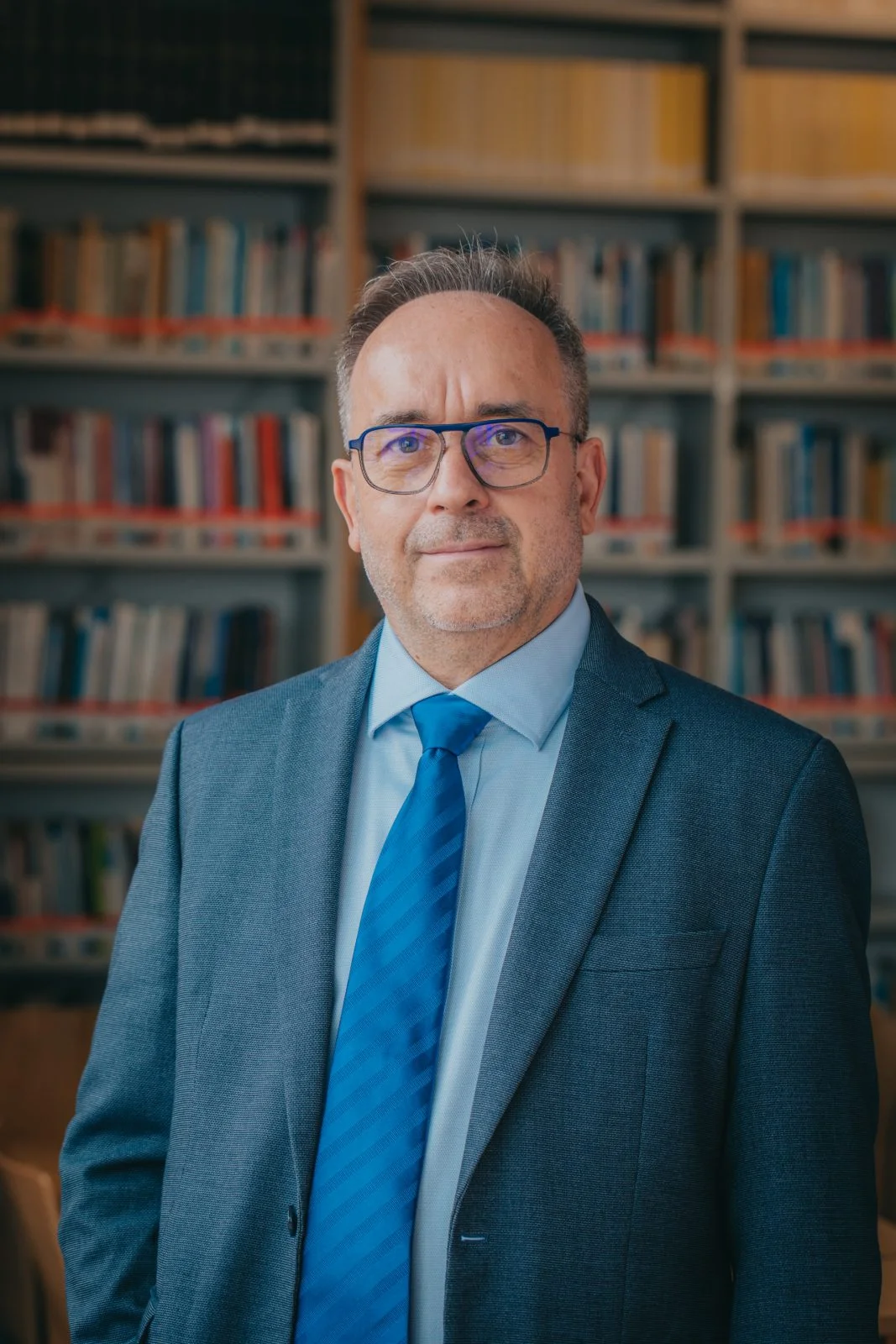
– With this project, we are significantly expanding the scope of research topics very successfully pursued for many years by the Luminescent Materials Team – says prof. Zych. – This time, however, we are fundamentally more challenging, as we will study the phenomenon of emission of radiation from the UV-C range, with a wavelength of about 190 – 280 nm under the influence of ionizing radiation, mainly X-rays, by selected chemical materials. The source of the idea is not simple scientific curiosity, but the anticipated possibility of practical use of nano-sized particles of such materials to destroy cancer cells more effectively than at present. This may come as a surprise, since we know that UV radiation is dangerous and can cause cancerous lesions, and our project shows that cancer cells can also be destroyed by generating radiation from the most energetic part of the ultraviolet – UV-C. This is an apparent contradiction, and in the description of the grant we have shown exactly that.
The long-range goal of the project is to create conditions for the development of a new method of cancer treatment by significantly reducing the dose of X-rays administered to patients combined with better effects of the therapy provided.
The project requires advanced knowledge of chemistry, materials chemistry, physics, and biology and medicine. The luminescent materials team has been doing research at the intersection of the first three areas of science in this list for years, and the materials we study in many cases can be used in diagnostic medical devices. This is not surprising, just recall that in 1979 the Nobel Prize in Physiology or Medicine was awarded to a physicist (Allan M. Cormack) and an engineer (Godfrey N. Hounsfield). In order to successfully carry out all of the planned research, the seven-member team of contractors also includes employees of the UWr Faculty of Biotechnology. This will not only benefit this project, but will also increase the chances of cooperation between UWr units in the future. The project manager also plans to collaborate on the project with units from abroad, in particular Germany, the Netherlands and Estonia.
11. Ustalenie roli enzymów grzybowych rozkładających polimery ściany komórkowej roślin w procesie kolonizacji i uczulania lnu przez niepatogenny szczep Fusarium oxysporum (Establishing the role of fungal enzymes degrading plant cell wall polymers during the process of colonization and sensitization of flax by a non-pathogenic strain of Fusarium oxysporum). The manager of the PLN 1,997,100 project is dr Wioleta Anna Wojtasik-Górna.
Dr Wioleta Wojtasik-Górna about her project: – My main scientific interest is the search for new ways to strengthen flax’s resistance to infections caused by pathogenic strains of fungi of the genus Fusarium leading to fusarium wilt of flax. One way is through the sensitizing action of non-pathogenic microorganisms.
The results of my research to date show that a non-pathogenic strain of Fusarium oxysporum (Fo47) colonizes flax without causing disease symptoms, and reduces the spread of the pathogenic strain F. oxysporum in flax, thereby reducing disease symptoms. Flax sensitized with a non-pathogenic strain is more resistant to infection with a pathogenic strain. In addition, I showed that the non-pathogenic strain of F. oxysporum colonizes not only the roots of flax, but also its aboveground shoots. This information is important for this reason, as previous reports indicated that the Fo47 endophyte mainly colonizes plant roots and does not penetrate aboveground shoots. So far, my research on the interaction of flax and Fo47 has focused exclusively on the molecular mechanisms of plant responses in the system under study. However, we still know little about the molecular mechanisms underlying endophytic Fo47 function. We don’t know what fungal proteins are crucial in the colonization of plants (in our case, flax) by a non-pathogenic strain of F. oxysporum. We don’t know why Fo47 colonizes the aboveground shoots of flax. We do not know which Fo47 proteins initiate flax sensitization and what their mechanism of action is. We do not know how the expression of genes encoding proteins secreted by fungal strains of different pathogenicity and responsible for colonization and sensitization of plants is regulated.
The goal of my project is to understand the molecular mechanisms of action of non-pathogenic F. oxysporum (in the interaction of flax and Fo47) in the processes of colonization and sensitization of flax. Due to the complexity of these processes, the project will focus on one group of proteins that may play a key role in them. These are enzymes that degrade plant cell wall polymers, whose action facilitates penetration of plant tissues, provides free glycans used by the fungus as an energy source or building blocks, and simultaneously releases elicitors that activate plant defense response pathways. Both non-pathogenic and pathogenic fungal strains secrete enzymes that degrade plant cell wall polymers, but plant colonization by the two strains differs, which may be due to different gene expression of these proteins. Therefore, it is equally important to determine what mechanisms are responsible for regulating the expression of these genes. During the project, we will answer two important questions: Are and which fungal proteins that degrade plant cell wall polymers responsible for the colonization of flax roots and shoots by a non-pathogenic strain of F. oxysporum, and do these same proteins activate the sensitization of flax? Are mechanisms of epigenetic regulation of genes encoding proteins that degrade plant cell wall polymers responsible for differences in colonization of flax roots and above-ground shoots by Fo47 and Foln?
The result of the project will be the understanding of the role of fungal proteins that degrade flax cell wall polymers in the process of colonization and sensitization by a non-pathogenic strain of F. oxysporum. In the future, this comprehensive knowledge of flax-Fo47 interactions will contribute to the informed use of Fo47 as a potential biocontrol agent to enhance flax’s resistance to infection by the pathogenic strain of F. oxysporum in field crops.
12. Eksploracja zasobów genowych lnu za pomocą markerów genetycznych i metabolicznych jako sposób na celowaną hodowlę w kierunku poprawy odporności na choroby grzybowe (Exploring genetic resources of flax via genetic and metabolic markers as a means for targeted breeding towards improved resistance to fungal diseases) is a project headed by dr hab. Anna Małgorzata Kulma, prof. UWr. It will be carried out with the Institute of Natural Fibers and Herbaceous Plants – National Research Institute. The research receipt amounts to PLN 2,657,404.
Also, in the PRELUDIUM 23 competition of the National Science Centre, decided at the beginning of 13 December of our researchers received grants! https://uwr.edu.pl/naukowe-wyzwania-dla-mlodych-badaczy-na-rok-2025/
Complied by Katarzyna Górowicz-Maćkiewicz
Date of publication: 31.12.2024.
Added by: M.J.



